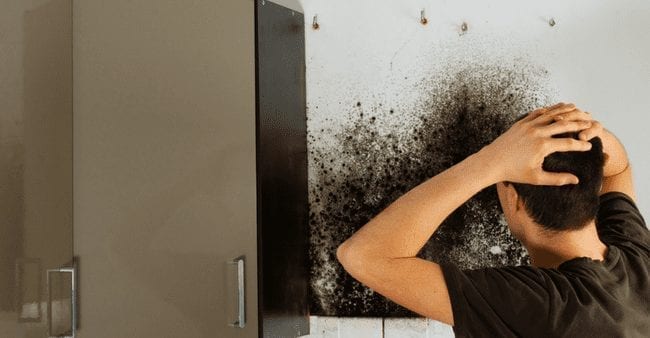How to Discover and Repair Water Leaks-- A Comprehensive Overview
How to Discover and Repair Water Leaks-- A Comprehensive Overview
Blog Article
How do you actually feel on the subject of Locating water leaks?

Early detection of leaking water lines can reduce a possible disaster. Some small water leaks might not be visible.
1. Examine the Water Meter
Examining it is a proven method that helps you uncover leakages. If it moves, that indicates a fast-moving leak. This implies you might have a slow leak that could even be underground.
2. Inspect Water Intake
Evaluate your water expenses and also track your water intake. As the one paying it, you ought to notice if there are any type of discrepancies. If you identify sudden changes, regardless of your usage being the same, it suggests that you have leaks in your plumbing system. Remember, your water expense ought to drop under the very same array monthly. An abrupt spike in your bill shows a fast-moving leak.
On the other hand, a consistent rise monthly, despite the same routines, shows you have a slow leakage that's likewise gradually intensifying. Call a plumber to completely examine your home, especially if you really feel a cozy area on your floor with piping underneath.
3. Do a Food Coloring Test
When it involves water usage, 30% comes from toilets. Test to see if they are running appropriately. Decrease flecks of food shade in the container and also wait 10 mins. If the shade in some way infiltrates your dish throughout that time without flushing, there's a leakage in between the container and dish.
4. Asses Exterior Lines
Do not fail to remember to check your outside water lines too. Needs to water permeate out of the link, you have a loose rubber gasket. One tiny leakage can throw away loads of water and also increase your water bill.
5. Inspect and also Evaluate the Scenario
Homeowners must make it a habit to examine under the sink counters and even inside cupboards for any kind of bad odor or mold and mildew growth. These 2 warnings indicate a leakage so punctual attention is needed. Doing regular examinations, also bi-annually, can save you from a major issue.
Inspect for discolorations and also damaging as many home appliances and also pipes have a life expectations. If you think dripping water lines in your plumbing system, do not wait for it to escalate.
Early discovery of dripping water lines can minimize a potential disaster. Some little water leakages might not be noticeable. Examining it is a proven way that helps you discover leakages. One tiny leak can waste tons of water and also spike your water costs.
If you suspect dripping water lines in your plumbing system, don't wait for it to escalate.
How to Know If Your Home Has a Hidden Leak
Water Meter Reveals Inexplicable Water Usage
If you’d like to test whether or not there’s a leak somewhere in your home, you can do this using your water meter. Here is how to conduct the test:
Don’t use any water in your home for at least 30 minutes; this also means not turning on faucets or water-using appliances.
Go outside, and check your water meter for activity.
If your water meter shows that there was activity, even though no one was using any water, this proves that there is a leak in your home.Visible Mold or Mildew Growth
Leaks behind walls create moist, dark environments that allow mold and mildew to grow and thrive. Eventually, you might see mold growth forming on the wall closest to a hidden leak.
If mold is growing in an area that receives a high amount of moisture, such as a bathroom, it may simply be an indication that better ventilation is needed. However, if you see mold growth on a wall or the ceiling in an area where you would not expect, you probably have a hidden leak.
Musty, Mildew Odor
Sometimes you might not be able to see the mold or mildew that is growing as a result of a leak. However, the smell can give the problem away just as easily. If you catch a whiff of something musty, there’s a good chance that old water is collecting somewhere in your home that you can’t see.
Stained/Warped Walls, Ceilings, or Floors
When your home soaks up water, a variety of red flags can become visible, including ceiling stains, bubbling drywall, warped walls, and sagging floors. While these issues can be caused by excess humidity, they can also be signs that a pipe or plumbing connection has started leaking behind your walls.
Inexplicably High Water Bill
After a while, you get a general sense for what your water bill should be. If you own a pool or sprinkler system, your bill will tend to be higher during summer. However, if you receive a water bill that seems especially high, and you can’t figure out what caused it, then you may have a hidden leak somewhere that’s increasing your bill.
https://www.plumbingjoint.com/blog/2019/july/how-to-know-if-your-home-has-a-hidden-leak/

I have been very fascinated with Detecting hidden plumbing leaks and I really hope you liked my article. Loved our blog entry? Please share it. Let other people find it. We value reading our article about Hacks to detect leaks.
Report this page